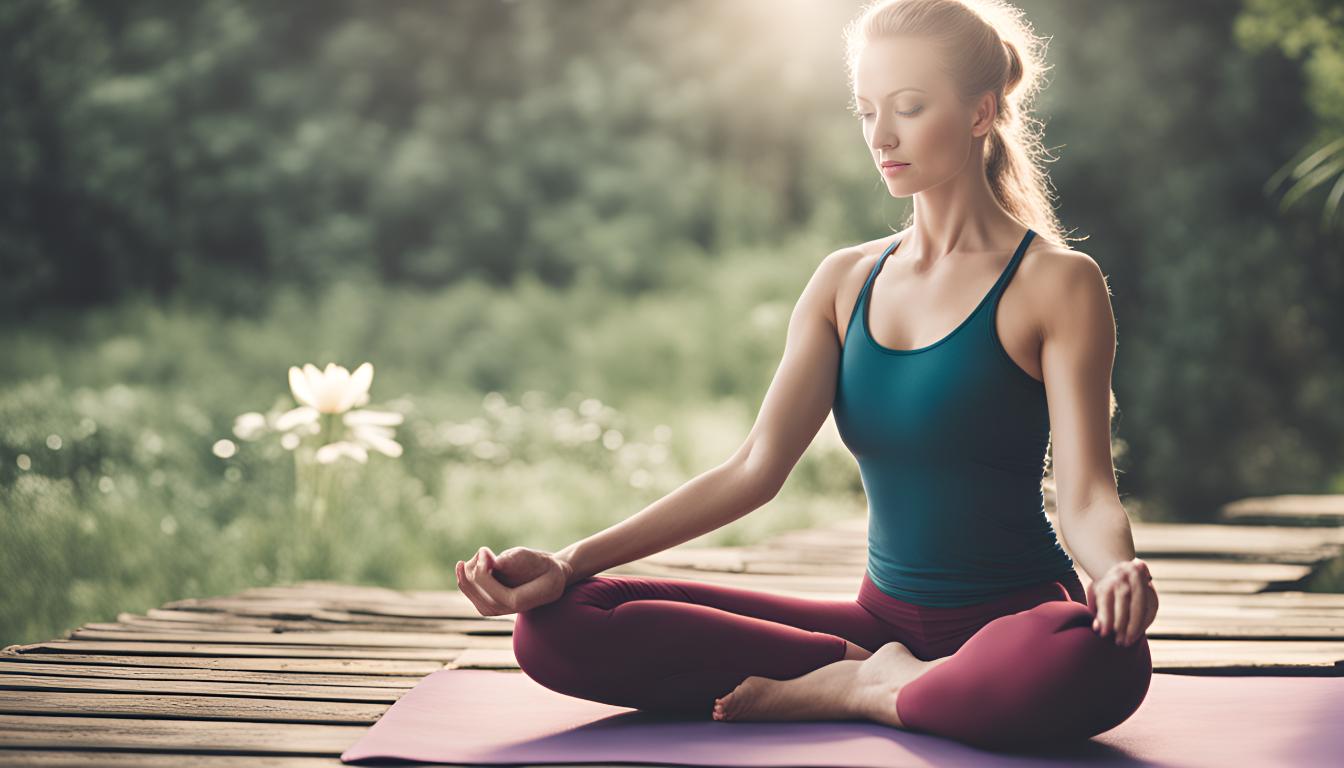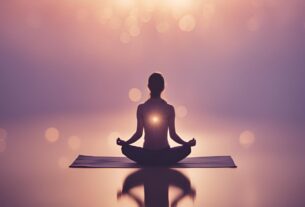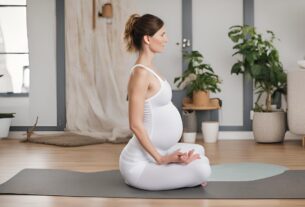Restorative yoga is a gentle and therapeutic form of yoga that focuses on relaxation and rejuvenation. Unlike more active styles of yoga, which often involve flowing movements and strength-building poses, restorative yoga involves passive stretching and supportive poses that are held for longer periods of time. The practice is designed to allow the body to relax deeply, promoting the release of tension and stress.
In this article, we will explore the principles and benefits of restorative yoga, as well as provide a guide on how to modify it to suit different needs and abilities. Whether you are a beginner or an experienced yogi looking to deepen your practice, understanding how to modify restorative yoga poses can enhance your experience and provide greater therapeutic benefits.
Principles of Restorative Yoga
Restorative yoga is based on the principles of relaxation, restoration, and rejuvenation. It aims to create a supportive environment where the body can fully relax and let go of tension. The practice often makes use of props such as bolsters, blankets, blocks, and straps to help support the body in various poses. These props are used to ensure that the body is fully supported and comfortable, allowing for deep relaxation without the need for muscular effort.
The poses in restorative yoga are typically held for several minutes at a time, often up to 10-20 minutes or even longer. This extended duration helps to calm the nervous system and activate the body’s relaxation response. During these long holds, practitioners are encouraged to focus on their breath and cultivate a sense of mindfulness and inner awareness.
Benefits of Restorative Yoga
The benefits of restorative yoga are numerous and can have a profound impact on both physical and mental well-being. Some of the key benefits include:
1. Stress Reduction: Restorative yoga helps to activate the parasympathetic nervous system, which is responsible for promoting relaxation and reducing stress levels.
2. Improved Flexibility: The gentle stretching involved in restorative yoga poses helps to increase flexibility and joint mobility over time.
3. Enhanced Circulation: The supportive poses in restorative yoga can help to improve blood circulation throughout the body, promoting healing and recovery.
4. Emotional Healing: By creating a calming and nurturing environment, restorative yoga can help to release emotional tension and promote a sense of inner peace.
5. Better Sleep: Practicing restorative yoga regularly can improve sleep quality and help to alleviate insomnia and other sleep disorders.

How to Modify Restorative Yoga Poses
Modifying restorative yoga poses can make the practice accessible to individuals of all ages and abilities. Here are some general guidelines on how to modify restorative yoga poses:
1. Use of Props
Props are essential in restorative yoga as they provide support and comfort during poses. Here are common props and their uses:
– Bolsters: Used under the spine, knees, or neck to provide support and relaxation.
– Blankets: Placed under the body to cushion pressure points and maintain warmth.
– Blocks: Placed under knees or hips to adjust the height and support in poses.
– Straps: Used to extend reach or secure limbs in gentle stretches.
2. Adjusting Duration
Beginners may find it challenging to hold poses for extended periods. Start with shorter holds (1-5 minutes) and gradually increase duration as comfort and familiarity with poses develop.
3. Simplifying Poses
Modify poses by reducing intensity or complexity. For example:
– Legs-Up-the-Wall Pose: Use a bolster or blanket under the hips for support.
– Supported Child’s Pose: Place a bolster or stack of blankets under the torso to reduce stretch intensity.
4. Focus on Comfort
Ensure practitioners are comfortable throughout each pose. Adjust props and positioning to alleviate discomfort and allow for deeper relaxation.
5. Breath Awareness
Encourage deep, mindful breathing throughout the practice. Focus on slow inhalations and exhalations to enhance relaxation response.
Sample Modified Sequence
Here’s a sample sequence of modified restorative yoga poses:
1. Supported Reclining Bound Angle Pose (Supta Baddha Konasana):
– Use a bolster under the spine and blankets under the knees for support.
– Stay for 5-10 minutes, focusing on deep belly breathing.
2. Supported Bridge Pose (Setu Bandhasana):
– Place a block or bolster under the sacrum for support.
– Hold for 3-5 minutes, allowing the chest to gently open.
3. Supported Twist (Supta Matsyendrasana):
– Use a bolster under the knees and a blanket for head support.
– Hold each side for 3-5 minutes, focusing on gentle spinal rotation.
4. Legs-Up-the-Wall Pose (Viparita Karani):
– Sit sideways against a wall and swing legs up, supporting hips with a bolster.
– Stay for 5-10 minutes, letting gravity aid in venous return.
Conclusion
Restorative yoga offers a gentle yet powerful way to relax the body and calm the mind. By modifying poses with props and adjusting duration, practitioners can tailor the practice to suit their individual needs and abilities. Whether you are recovering from injury, managing stress, or simply seeking deep relaxation, incorporating restorative yoga into your routine can bring profound benefits to your overall well-being. Start slowly, listen to your body, and enjoy the restorative journey that yoga has to offer.




